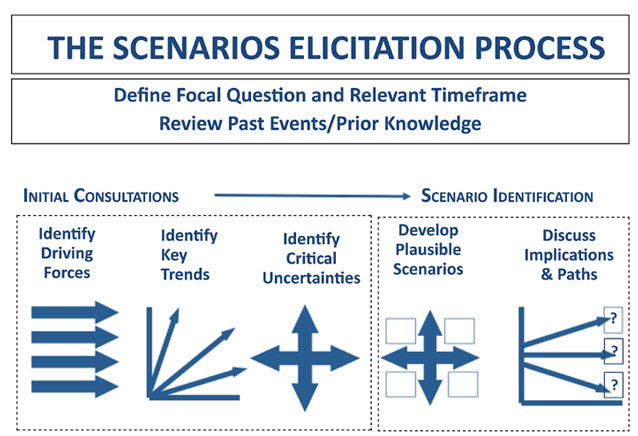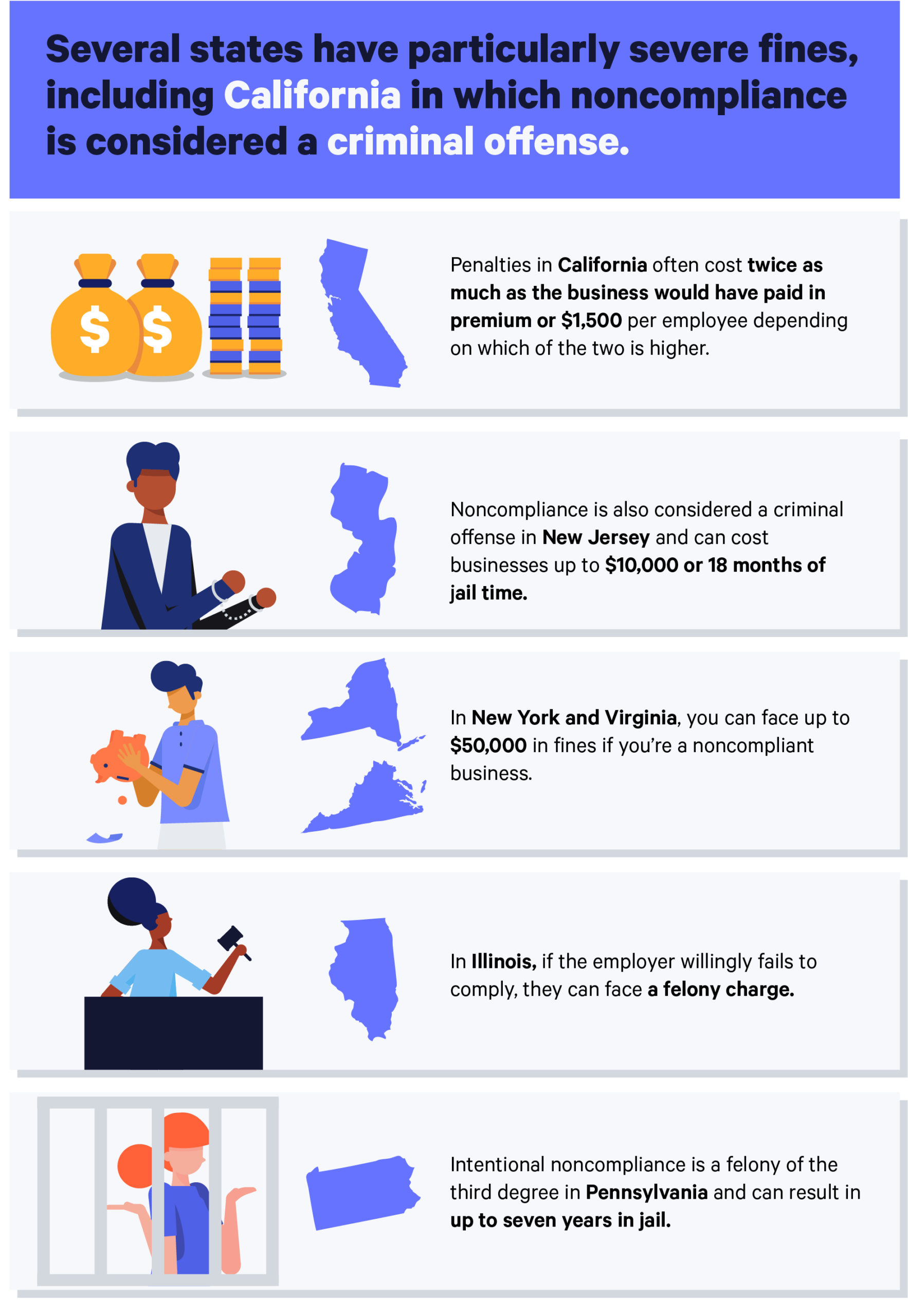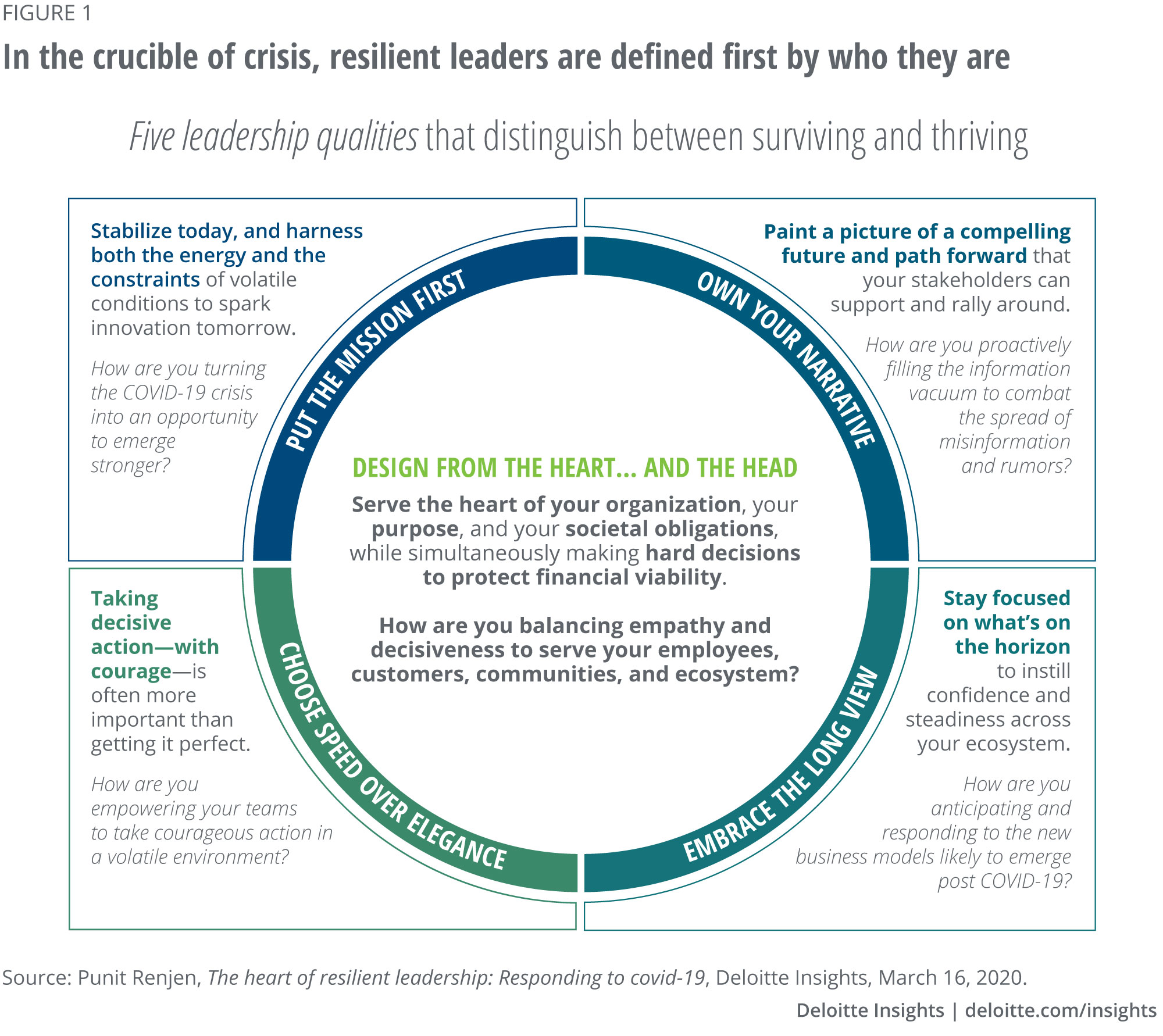Understanding the Differences: Equity Loan vs Line of Credit
#### Equity Loan vs Line of CreditWhen it comes to financing options for homeowners, two popular choices often come to the forefront: Equity Loan and Line o……
#### Equity Loan vs Line of Credit
When it comes to financing options for homeowners, two popular choices often come to the forefront: Equity Loan and Line of Credit. Both of these financial products allow homeowners to leverage the equity they have built in their property, but they function quite differently and serve distinct purposes. Understanding the nuances between an equity loan and a line of credit can help you make informed decisions about your financial future.
#### What is an Equity Loan?
An equity loan, also known as a home equity loan or second mortgage, allows homeowners to borrow a lump sum of money based on the equity they have in their home. The equity is calculated as the difference between the current market value of the home and the outstanding mortgage balance. Typically, equity loans come with fixed interest rates and a fixed repayment schedule, which means that you will make equal monthly payments over a set period. This predictability can be advantageous for budgeting purposes.
Equity loans are often used for significant expenses, such as home renovations, debt consolidation, or major purchases. Since the funds are disbursed in a lump sum, borrowers can use the money immediately for their intended purpose. However, it's essential to understand that failing to repay an equity loan can result in foreclosure, as the home serves as collateral for the loan.

#### What is a Line of Credit?
On the other hand, a line of credit, specifically a home equity line of credit (HELOC), is a revolving credit option that allows homeowners to borrow against their home equity as needed. Unlike a traditional equity loan, a HELOC provides flexibility in borrowing and repayment. Borrowers can draw from the line of credit at any time, up to a predetermined limit, and they only pay interest on the amount they actually use.
HELOCs typically come with variable interest rates, which means that the cost of borrowing can fluctuate over time. This can be both an advantage and a disadvantage, depending on the market conditions. A line of credit is ideal for ongoing expenses, such as home improvements or emergency funds, where you may not need a lump sum all at once.
#### Key Differences Between Equity Loan and Line of Credit

1. **Structure of Borrowing**: An equity loan provides a one-time lump sum, while a line of credit allows for multiple withdrawals up to a limit.
2. **Interest Rates**: Equity loans usually have fixed interest rates, whereas lines of credit often have variable rates that can change over time.
3. **Repayment Terms**: Equity loans have a set repayment schedule, while lines of credit offer more flexible repayment options.
4. **Usage**: Equity loans are better suited for large, one-time expenses, while lines of credit are ideal for ongoing or variable expenses.

5. **Risk**: Both options put your home at risk if you fail to make payments, but the nature of that risk can vary depending on the borrowing structure.
#### Conclusion
In summary, both Equity Loan and Line of Credit have their unique advantages and disadvantages. The choice between the two ultimately depends on your financial situation, how you plan to use the funds, and your comfort level with variable interest rates. By understanding the differences between these two options, you can make a more informed decision that aligns with your financial goals. Whether you choose an equity loan or a line of credit, it’s crucial to consult with a financial advisor to ensure that you are making the best choice for your individual circumstances.